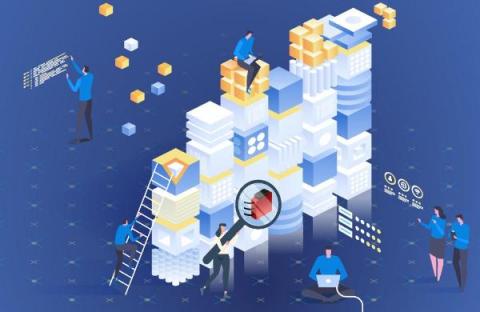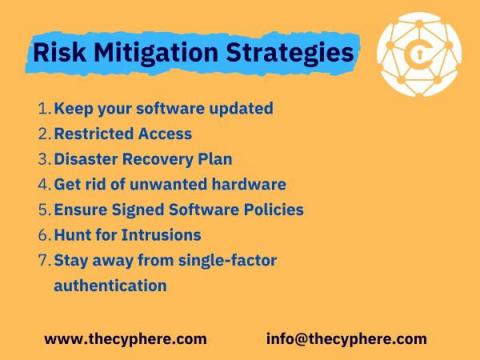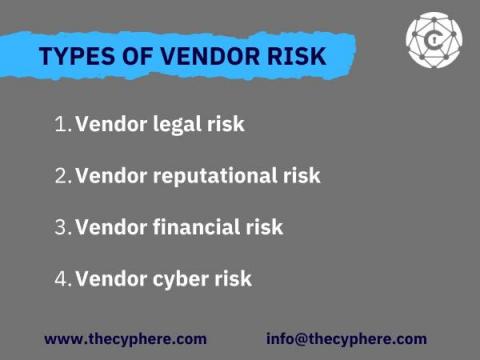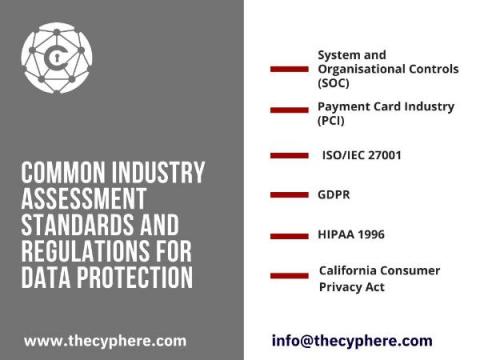What You Need to Know About Code Risk Management
Risk management of code is an important and often overlooked development function that you need to pay attention to. You may think that this is not a developer’s problem, however developers should not write code that unduly adds to technical debt, hence the need to manage risk. The primary motivation for risk management is to prevent error or failure. Do not seek to eliminate failure, seek to minimise it, to manage the risk of failure.








